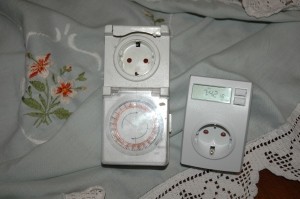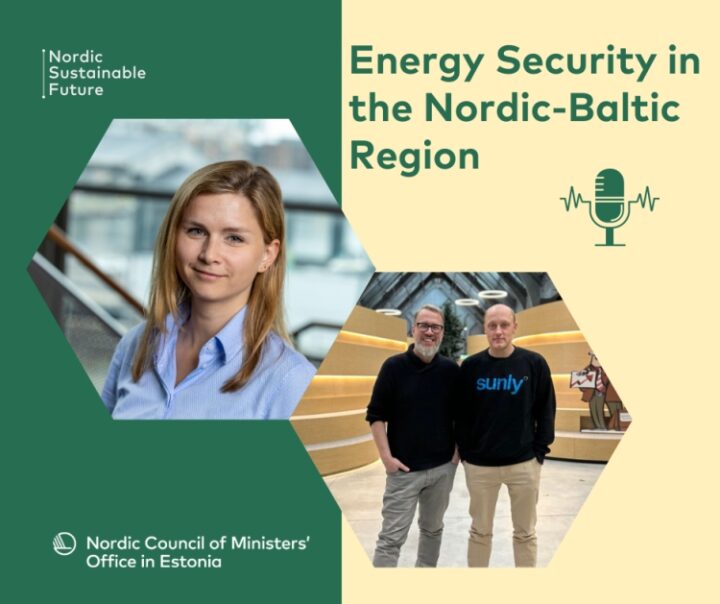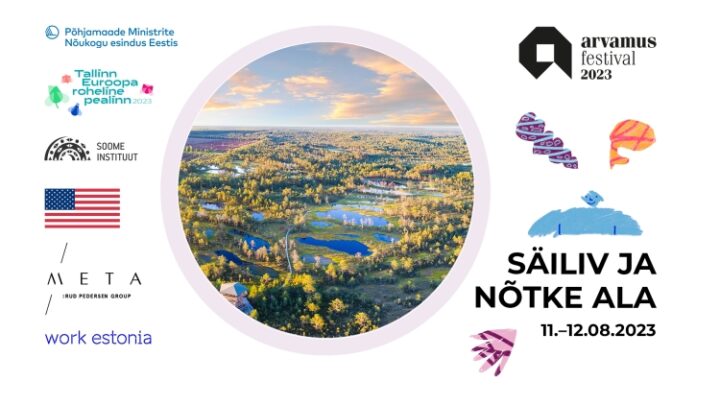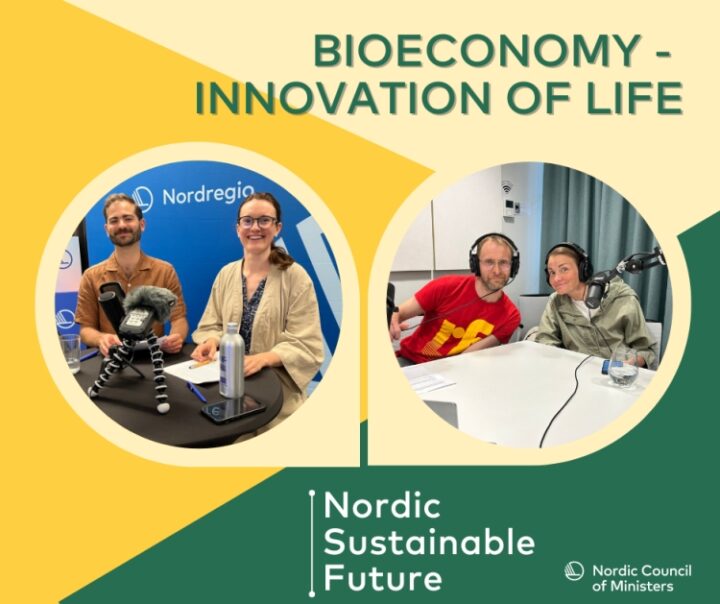Saving energy requires advice and time

|
The energy-saving experiment launched by the Nordic Council of Ministers’ Office in Estonia and the Energy Discovery Centre last autumn reached the first conclusions in December. The experiment focussed on the energy-saving solutions and options found by two families, Saale and Tõnu Randaru, and Wend and Heidit Kaio. Everyone could follow their efforts in the blogs the families kept at minuenergia.wordpress.com, which had been visited by more than 22,000 people by the beginning of December. |
| It appeared that even the easiest savings plan may prove to be rather difficult after all. For example, transferring to energy-saving light bulbs is a cumbersome process as user support for new technologies is insufficient. “There is some guy in the lamp department with work coming out of his ears and he seems to have no desire to communicate with me about light bulbs. I turn to the sales assistant behind the counter, but she shakes her head regretfully and says she does not know anything about them either. She tries to talk to the guy in the lamp department on the phone, but is rejected just like me,” writes Saale Randaru about her shopping adventure. “In the end, she finds me someone from the wallpaper department, who should also know something about bulbs.” “When you buy a new lamp, the shop offers you a suitable incandescent light bulb. If you want an energy-saving version, you have to know exactly what to ask for and which shop to go to,” admits Saale.
The families used many easy tricks and also tried to implement more complicated technological solutions. The family in Tartu managed to reduce their electricity costs by almost 200 kroons a month without giving up any of their conveniences. The experiment showed that planning how to save takes time and also requires some independent research. Saving technologies often fail to reach the development of interconnected products – energy-saving bulbs exist, but the selection of light fittings where such bulbs can be used is almost non-existent. Another dilemma is created by the development of technology – it is extremely fast and keeping the public informed often falls behind. However, this technology needs to be developed fast today as there haven’t been many excellent achievements so far. And the quicker it develops, the cheaper it will become for consumers. The bog about the energy-saving experiment is still open. Making an effort to save energy is the first step in a major initiative and the Estonian office of the Nordic Council of Ministers plans to expand and continue the experiment next year. |



